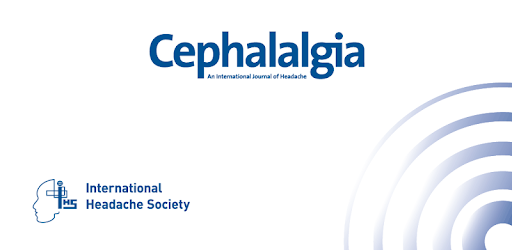
Zaza Katsarava, Dawn C Buse, Elizabeth Leroux, Michel Lanteri-Minet, Fumihiko Sakai, Manjit S Matharu, Aubrey Manack Adams, Karen Carr, Kristina M Fanning, Richard B Lipton
Abstract
Background: Few studies of migraine have evaluated migraine disability across multiple countries using the same methodology.
Methods: This cross-sectional, web-based survey was conducted in 2021-2022 in Canada, France, Germany, Japan, UK and USA. Respondents with migraine were identified based on modified International Classification of Headache Disorders, 3rd edition, criteria. Headache features (Migraine Symptom Severity Score (MSSS, range: 0-21), presence of allodynia (Allodynia Symptom Checklist, ASC-12)) and migraine burden (Patient Health Questionnaire-4 (PHQ-4), Migraine-Specific Quality of Life questionnaire version 2.1 (MSQ v2.1), Work Productivity and Activity Impairment (WPAI) questionnaire) were evaluated.
Results: Among 14,492 respondents with migraine across countries, the mean ± SD MSSS was 15.4 ± 3.2 and 48.5% (7026/14,492) of respondents had allodynia based on ASC-12. Of all respondents living with migraine, 35.5% (5146/14,492) reported moderate to severe anxiety and/or depression symptoms. Mean ± SD MSQ v2.1 Role Function-Restrictive, Role Function-Preventive and Emotional Function domain scores were 60.7 ± 22.9, 71.5 ± 23.0 and 65.1 ± 27.2, respectively. The WPAI mean ± SD percentages of respondents who missed work or worked impaired as a result of migraine were 6.8 ± 18.1% and 41.0 ± 30.1%, respectively.
Conclusions: For every country surveyed, migraine was associated with high levels of symptom severity, with allodynia and with substantial burden.
- PMID: 39175365
- DOI: 10.1177/03331024241274343
